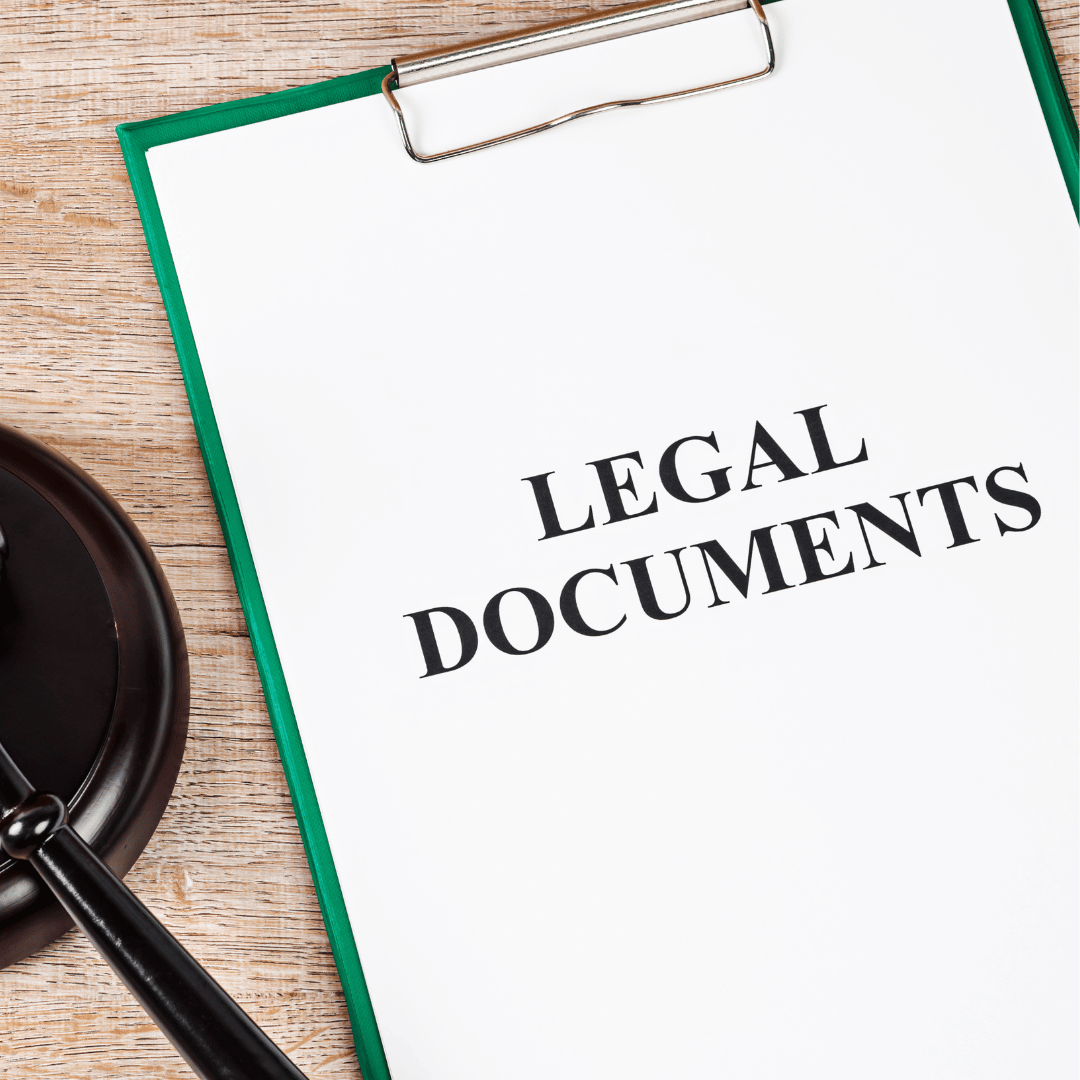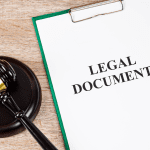The Comprehensive Guide to Drafting Legal Documents for Personal and Professional Use
In both personal and professional spheres, the need for legal documentation is omnipresent. Whether it’s drafting a rental agreement, composing a business contract, or writing a letter related to banking matters, understanding how to create legally binding documents is crucial. In this comprehensive guide, we’ll delve into the intricacies of drafting various types of legal documents, providing sample formats and essential insights for a better understanding of the legal documentation process.
Understanding the Importance of Legal Documents
Legal documents serve as the backbone of numerous transactions and agreements, ensuring clarity, protection, and enforceability of rights and obligations. Whether you’re engaging in a personal or professional endeavor, having well-drafted legal documents can prevent disputes, provide recourse in case of disagreements, and establish a framework for smooth operations.
Common Types of Legal Documents
Banking Related Letters
Banking-related letters encompass a variety of correspondences, including authorization letters, dispute letters, loan agreements, and more. These letters are often used to communicate with financial institutions regarding account matters, transactions, or disputes. Here’s a sample format for a banking-related authorization letter:
Sample Authorization Letter:
[Your Name] [Your Address] [City, State, Zip Code] [Date] [Bank Name] [Bank Address] [City, State, Zip Code]Subject: Authorization Letter for Account Access
Dear Sir/Madam,
I, [Your Name], hereby authorize [Authorized Person’s Name] to [specify actions, e.g., operate my bank account, make withdrawals, etc.] on my behalf. This authorization is valid from [start date] to [end date].
Attached herewith are the necessary identification documents for verification purposes.
Thank you for your prompt attention to this matter.
Sincerely,
[Your Signature] [Your Name]Rent Agreement
Rent agreements are legally binding contracts between a landlord and a tenant, outlining the terms and conditions of the rental arrangement. These agreements typically cover aspects such as rent amount, lease duration, security deposit, maintenance responsibilities, etc. Here’s a simplified format for a rent agreement:
Sample Rent Agreement:
RENTAL AGREEMENT
This Rental Agreement (“Agreement”) is made and entered into on [Date], between:
[Landlord’s Name], hereinafter referred to as the “Landlord,” residing at [Landlord’s Address],And
[Tenant’s Name], hereinafter referred to as the “Tenant,” residing at [Tenant’s Address].1. Property: The Landlord hereby agrees to rent to the Tenant, and the Tenant agrees to rent from the Landlord, the property located at [Property Address].
2. Term: The term of this Agreement shall commence on [Start Date] and shall continue until [End Date], unless terminated earlier as provided herein.
3. Rent: The Tenant agrees to pay the Landlord a monthly rent of [Rent Amount], due on the [Day of the Month].
4. Security Deposit: The Tenant shall deposit [Security Deposit Amount] as security for the performance of Tenant’s obligations under this Agreement.
[Include other relevant terms and conditions as applicable]IN WITNESS WHEREOF, the parties hereto have executed this Agreement as of the date first above written.
[Landlord’s Signature] [Tenant’s Signature] [Landlord’s Name] [Tenant’s Name]Business Agreements and Memorandum of Article
Business agreements encompass a wide range of documents, including contracts, partnership agreements, memorandum of articles, etc. These documents establish the rights, duties, and obligations of parties involved in a business transaction or relationship. Here’s a simplified format for a memorandum of articles:
Sample Memorandum of Articles:
MEMORANDUM OF ARTICLES
1. Name of the Company: [Company Name]
2. Registered Office: [Address of Registered Office]
3. Objects for which the Company is established:
– [Object 1] – [Object 2] – [Object 3] – …
4. Liability of Members: The liability of the members is limited.
5. Share Capital:
– Authorized Share Capital: [Amount] – Issued Share Capital: [Amount] – Subscribed Share Capital: [Amount] – Paid-up Share Capital: [Amount] [Include other relevant provisions as per the jurisdiction and requirements]
IN WITNESS WHEREOF, the subscribers have hereunto set their respective hands the [Day] day of [Month, Year].
[Signature of Subscribers] [Name of Subscribers]



